All-time High
$38
Jan 02, 2018
All-time Low
$0.0067
Mar 11, 2017
Volume(24h)
$907.73K
Turnover rate
0.68%
Market Cap
$132.7376M
FDV
$132.7M
Circulating supply
$133.25M
Total supply
$133.25M
Max supply
133.25M
Website
Currency Calculator
{{conversion_one_currency}}
{{conversion_two_currency}}
| Exchange | Pairs | Price | Volume (24h) | Volume % | Confidence | Liquidity Score | Earn |
|---|---|---|---|---|---|---|---|
| {{val.marketPair}} | {{decimal(val.price,true,2)}} | {{val.volume24h}} | {{val.volumePercent}} | Low Moderate High | {{val.effectiveLiquidity}} | Buy / Sell | |
Community sentiment

26%
74%


Bullish

Bearish
 BREAKING: Bank of America teams up with Ripple to use RLUSD for internal transactions. Backed by BNY Mellon. Integrated with River & OpenPayd. $XRP is becoming an RWA giant.
BREAKING: Bank of America teams up with Ripple to use RLUSD for internal transactions. Backed by BNY Mellon. Integrated with River & OpenPayd. $XRP is becoming an RWA giant. 

| Exchange | Pair | Price | Volume (24h) | Volume % | Confidence | Liquidity Score | Earn |
|---|---|---|---|---|---|---|---|
| {{val.marketPair}} | {{decimal(val.price,true,2)}} | {{val.volume24h}} | {{val.volumePercent}} | Low Moderate High | {{val.effectiveLiquidity}} | Buy / Sell | |
About Nano
Where Can You Buy Nano (XNO)?
Since nano cannot be mined, the most popular way to get your hands on some is by purchasing it from one of the more than 50 exchange platforms that support it. [Binance](https://coinmarketcap.com/exchanges/binance/), [OKEx](https://coinmarketcap.com/exchanges/okex/) and [Huobi Global](https://coinmarketcap.com/exchanges/huobi-global/) are currently among the most popular exchanges for Nano to crypto trading pairs, whereas it can also be bought with fiat on Kraken and Binance.US. For more information about buying cryptocurrencies with fiat, see our [comprehensive guide](https://coinmarketcap.com/how-to-buy-bitcoin/).
How Is the Nano Network Secured?
Nano is secured by a network of representatives, each of which is voted into position by XNO holders. These representatives are responsible for casting their votes when the network needs to achieve [consensus](https://coinmarketcap.com/alexandria/glossary/consensus), and their voting power is the sum total of the voting weight delegated to them by XNO holders. These vote on the validity of transactions on the nano network, ensuring only valid transactions are confirmed. This process protects the network against a type of attack known as a double spend—which occurs when an attacker is able to manipulate the network to effectively spend the same funds twice. In addition, the nano network features a wide variety of additional defenses against various possible attack vectors—a full overview of which can be found [here](https://docs.nano.org/protocol-design/attack-vectors/).
How Many Nano (XNO) Coins Are There in Circulation?
Like the vast majority of cryptocurrencies, nano has a fixed maximum number of tokens that will ever enter existence, this number is set at 133248297.92 nano. The original maximum supply was set much higher than this, but any remaining nano above the current 133 million limit were permanently burned. In total, around 39% of the original genesis supply was distributed. Nano is unusual in the fact that its entire supply is already in circulation, this means it is fully diluted. Because it is fully diluted, nano is also highly decentralized, and well distributed, with the vast majority of nano accounts holding less than Ӿ100. As of December 2020, around 20% of all nano in circulation (~26 million) is held in one of the cold wallets associated with the Binance cryptocurrency exchange. A total of 5% of the circulating supply was held back for the continued development of the project, this was allocated to a so-called “developer fund.”
What Makes Nano Unique?
As we previously touched on, nano is designed to be fast. So fast, in fact, that most nano transactions reach absolute finality within less than a second — compared to several minutes or even longer for many other major cryptocurrencies. This speed makes nano suitable for commercial payments, since merchants and retailers no longer need to worry about transaction delays when accepting payments. Moreover, nano transactions are completely fee-less. Since representatives do not receive financial compensation for their efforts to secure the network, there is no need for a transaction fee. This makes nano an ideal solution for processing micro-transactions, since users no longer need to worry about fronting a potentially expensive transaction fee when making small payments. These features are enabled by its unique architecture. Unlike many cryptocurrencies which are built on top of a distributed ledger known as a [blockchain](https://coinmarketcap.com/alexandria/glossary/blockchain), Nano is instead built around a similar ledger technology called a directed acyclic graph (DAG). This structure is highly reliable, and it can scale to support 1,000 transactions per second (tps) with the right hardware — without requiring an energy-intensive mining network to maintain its integrity, positioning nano as an eco-friendly digital payment option.
Who Are the Founders of Nano?
Nano was founded by Colin LeMahieu, a heavily experienced software developer and engineer with a wealth of experience working for prominent tech companies, including Dell, AMD and Qualcomm. Self-described as an inventor, LeMahieu has interests that range from space technology to physics and environmental sustainability, and is a well-known name in the digital currency space. He began working full time on nano in 2017 and remains the Director of the Nano Foundation — an organization created to drive the development and adoption of nano — to this day. Colin LeMahieu also pushed the vast majority of commits to Nano’s GitHub repo. Beyond LeMahieu, the Nano Foundation has over a dozen other employees, including George Coxon, an Industrial Fellow and Strategic Advisor to various UK universities and United Nations Summer Academy Speaker 2023. The Nano Foundation team moved to a completely volunteer-led operating model in early 2023(LINK: https://nano.org/en/blog/the-nano-foundation-takes-a-step-forward-on-its-open-source-journey--420eae42)
What Is Nano (XNO)?
Billed as "digital money for the modern world," nano is a lightweight cryptocurrency that is designed to facilitate secure, practically instant payments, without fees, and addresses some of the major limitations of both legacy financial infrastructure, and many modern cryptocurrencies. Development of the project began in 2014 under the name RaiBlocks, and the coin (then termed XRB) launched the following year through a public faucet, which allowed users to claim small amounts of XRB after completing a captcha challenge. Anyone with access to a computer or phone could solve captchas, and be rewarded with RaiBlocks. The number of XRB people received per solved captcha varied over time RaiBlocks (XRB) was rebranded to Nano in January 2018, with the new name chosen to better represent the speed and simplicity the project offers to users. It is a peer-to-peer platform that uses a unique block-lattice data structure to allow users to easily transfer value to one another without relying on centralized intermediaries. Unlike other platforms which typically use the combined proof-of-work of a massive mining network to achieve consensus, nano instead uses a system known as Open Representative Voting (ORV) — which sees account holders vote for their chosen representative, who then work to confirm blocks of transactions securely. ORV makes Nano extremely energy efficient, positioning it as a more environmentally friendly alternative to [proof-of-work](https://coinmarketcap.com/alexandria/article/proof-of-work-vs-proof-of-stake) (POW)-based [cryptocurrencies](https://coinmarketcap.com/alexandria/article/what-are-cryptocurrencies). In November, 2021, aiming to bring nano to the real world and to comply with the globally-recognized standards of the International Organisation for Standardisation (ISO) requirements, nano adopted a new ticker and a standard symbol: XNO and Ӿ.
Nano News
-

With governments and institutions pushing for greener technologies, crypto developers have shifted their focus to creating more sustainable blockchains
Apr 02, 2025 at 01:16 am
-

The crypto market has steadied over the past two days, with bitcoin briefly topping the 200-day simply moving average at $84,000 early today.
Mar 13, 2025 at 07:48 pm
-

Which network doesn't charge network fees? Does that even exist? Well, believe it or not, yes, there are networks out there that offer fee-less transactions.
Jan 08, 2025 at 02:04 am
-

NanoGPT is an artificial intelligence (AI) hub that exclusively takes crypto for payments to pay-per-use dozens of premium AI models.
Dec 01, 2024 at 08:32 pm
-

Iggy Azalea, the famous Australian rapper, songwriter, and model, is positioning herself as a global ambassador for cryptocurrency mass adoption.
Oct 06, 2024 at 06:58 pm
-

OKX is pleased to announce the expansion of its USDC trading options with the introduction of new spot trading pairs. This move aims to support the growth of the USDC ecosystem and meet the diverse trading needs of OKX's users.
Aug 27, 2024 at 05:01 pm
-

Finbold recently reported BlackRock (NYSE: BLK), revealing Bitcoin (BTC) and Ethereum (ETH) as the “only two cryptocurrencies worth buying.”
Jul 28, 2024 at 09:47 pm
-

In light of the current market conditions, Finbold sought the expertise of ChatGPT-4o, OpenAI‘s latest artificial intelligence (AI) model
Jun 26, 2024 at 10:52 pm
-

Meme cryptos have done very well in the last few months. Micro-cap meme tokens on many chains are gradually gaining ground.
Jun 12, 2024 at 11:57 am
Similar Coins






























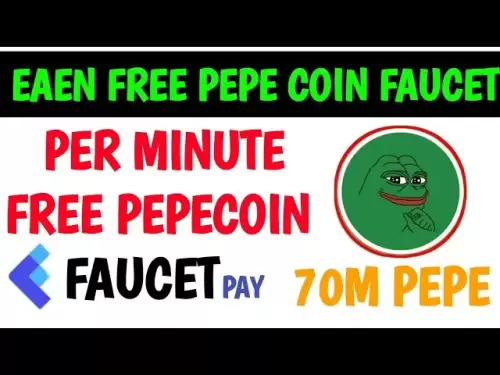






























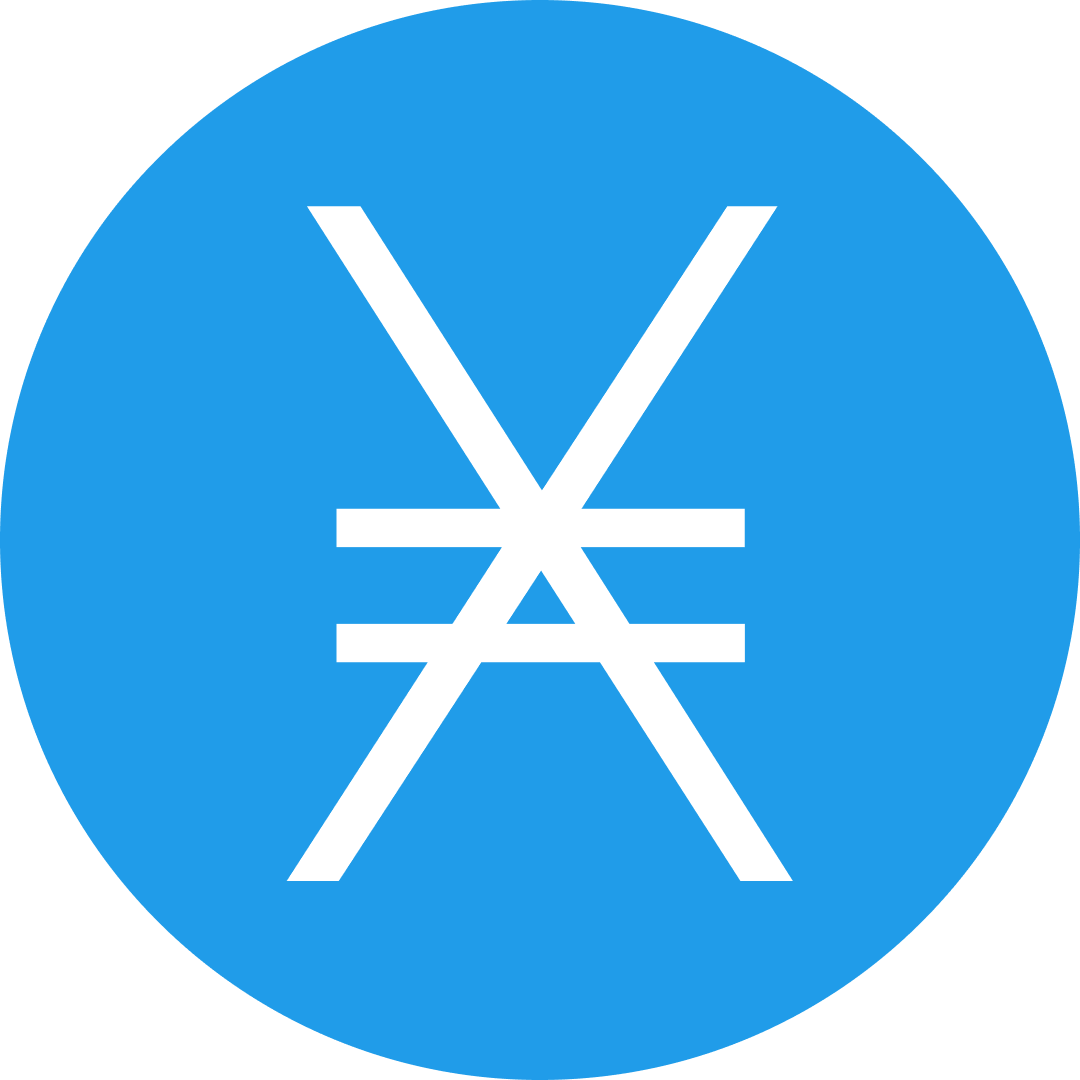




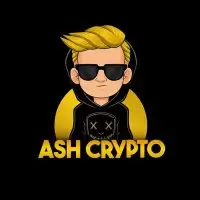










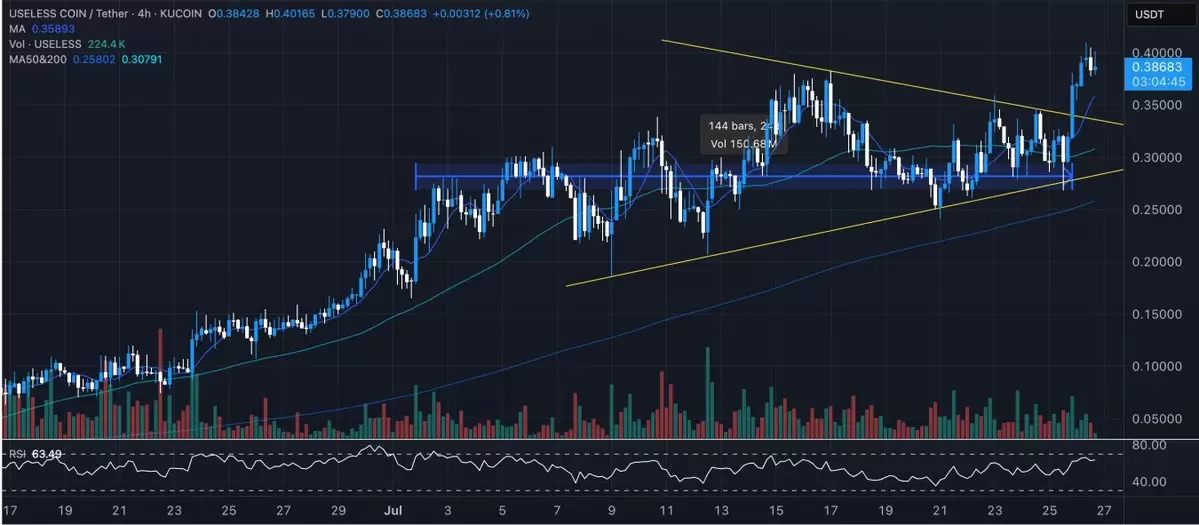

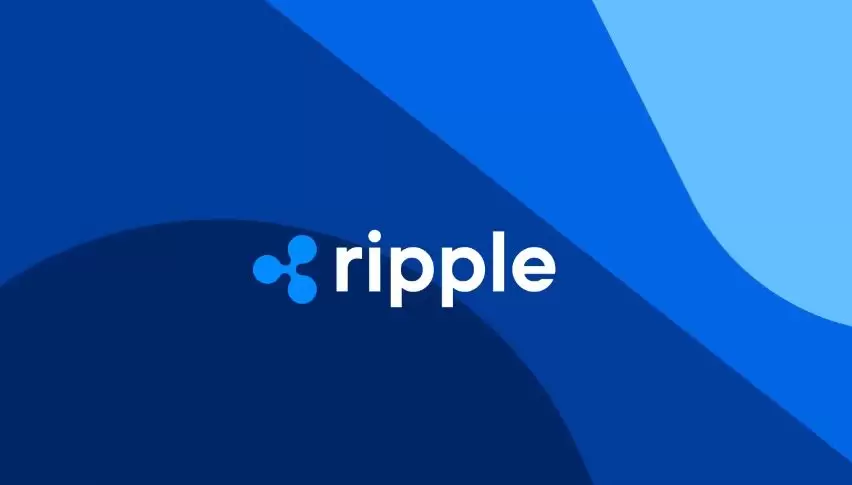










Twitter
GitHub
Close